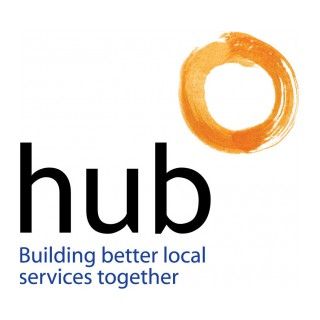As Scotland moves towards a digital built environment, the management of digital data and information within the public sector estate is seen as a key mechanism to drive efficiencies during the construction and operational stages. The process to improve the management and use of data and information within the built environment is Building Information Modelling (BIM). BIM uses digital technology and collaborative working processes to improve the sharing and analysis of data within both the construction and operational phases of the built environment.
What Public Sector Construction Projects Will Require BIM from April 2017.
From April 2017, Scottish Government and relevant bodies in scope of the Scottish Public Finance Manual must adopt the new Scottish BIM Guidance for public works contracts commencing procurement procedures from 31st April 2017. Other bodies that can award public contracts, and other organisations providing delivery mechanisms for the construction of public buildings and infrastructure, are asked to implement BIM and integrate into their procurement procedures. In addition, the requirements for BIM may be included as a conditions of funding for forthcoming Scottish Government infrastructure programmes.
This website has been developed to support the Scottish Public Sector implement BIM within the built environment. This guidance portal has been designed to;-
- Keep digital working simple
- Aligned to the needs of the Scottish Public Sector,
- Support procuring authorities decide where appropriate, BIM should be implemented within projects and to what level of BIM maturity.
Background
In October 2012, the Scottish Government launched a review of public sector construction procurement. The review, led by Robin Crawford and Ken Lewandowski, published its report the Review of Scottish Public Sector Procurement in Construction on 22 October 2013. The review identified the benefits in adopting BIM and made the following recommendations in how the Scottish Government and procuring authorities should adopt BIM.
The use of Building Information Modelling (BIM) should be introduced in central government with a view to encouraging its adoption across the entire public sector. The objective should be that, where appropriate, construction projects across the public sector in Scotland adopt a BIM level 2 approach by April 2017.
In response to this and as part of the wider public procurement reform, Scottish Futures Trust in partnership with Scottish Government were tasked in delivering this recommendation. The journey to BIM level 2 adoption by April 2017 and the implementation process was set out within the Scottish BIM Implementation Plan published in Sep 2015. This set out focused actions including pathfinder projects, guidance and training which was delivered in partnership with industry.
As Scotland moves towards a digital built environment, BIM is seen as a key part for the future of the Scottish construction industry. BIM uses digital technology to improve the sharing and analysis of data within a construction project. Through improving data management and collaboration within projects, this will support the industry to deliver greater efficiencies through the design, construction and operational stages of a project. BIM Level 2 is the next step in the digital journey and is defined by the Home Nations Working Group as:-
BIM Level 2 maturity encompasses the generation and management of structured information models comprising all named data-sets used throughout the lifecycle of a built asset.
Information models will include a series of domain and collaborative federated models. The models, consisting of both object-oriented 3D geometrical and non-graphical data, are prepared by different parties during the project life-cycle within the context of a common data environment. Using agreed information exchanges, project participants will have the means necessary to provide defined and validated outputs via digital transactions in a structured and reusable form.
Appropriate and proportionate measures will be applied to manage the security risks that affect a built asset, asset data and information.
For any queries in relation to this website please contact the Scottish BIM Delivery Group.





